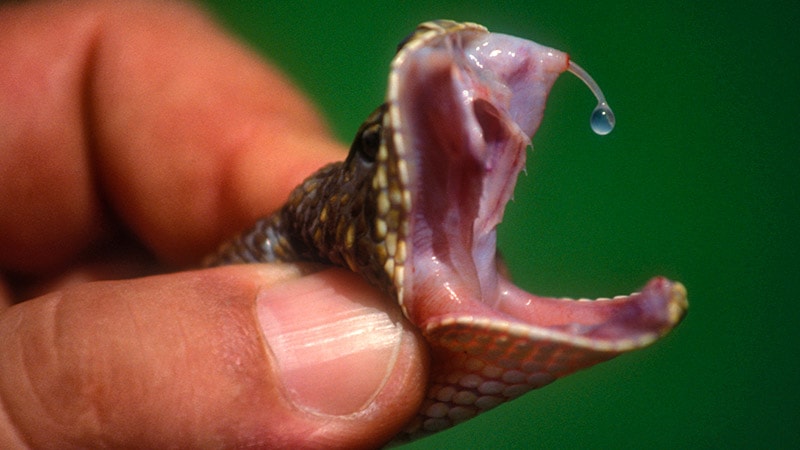TOPLINE:
The Injury Prevention Program (TIPP), supported by pediatric residents and equipped with parent-focused tools, effectively reduced reported childhood injuries over the first 2 years of life.
METHODOLOGY:
- The American Academy of Pediatrics designed TIPP in 1983 to aid pediatricians in preventing unintentional injuries among children. TIPP's effectiveness in reducing childhood injuries had not been formally evaluated in a randomized trial prior to this study.
- TIPP implementation included developmentally based safety counseling and distribution of age-appropriate safety materials to parents.
- A total of 781 parent-infant dyads participated, with the study population primarily consisting of low-income, Hispanic, and non-Hispanic Black families.
- Parent-reported injuries were tracked at each well-child check from 2 to 24 months, with the study adjusting for baseline child, parent, and household factors.
TAKEAWAY:
- TIPP led to a significant reduction in reported childhood injuries over 2 years with adjusted odds ratios of 0.77 (0.66-0.91), 0.60 (0.44-0.82), 0.32 (0.16-0.62), 0.26 (0.12-0.53), and 0.27 (0.14-0.52) at 4, 6, 12, 18, and 24 months, respectively.
- The study highlights the need for further research to explore TIPP's impact on serious injuries and to identify optimal implementation strategies in busy clinical settings.
IN PRACTICE:
"This program includes a developmentally based safety counseling schedule that guides what materials (safety sheets and an age-appropriate Framingham safety survey) to ask about risk behaviors. For the age group relevant here, there are pediatric patient handouts for parents of children who are aged 0 to 6 months, 6 to 12 months, and 1 to 2 years, and they review safety for falls, motor vehicles, firearms, drowning, poisoning, choking, and burns", wrote the authors of the study.
SOURCE:
The study was led by Eliana M. Perrin, MD, MPH, Department of Pediatrics, Johns Hopkins University Schools of Medicine and Nursing, Baltimore, Maryland. It was published online in Pediatrics.
LIMITATIONS:
Further research is necessary to assess TIPP's effect on serious injuries and to determine effective implementation strategies in various clinical settings.
DISCLOSURES:
The study was supported by grants from the Eunice Kennedy Shriver Institute of Child Health and Development, with supplemental funding from the Centers for Disease Control and Prevention, and the Office of Behavioral and Social Sciences Research.
This article was created using several editorial tools, including AI, as part of the process. Human editors reviewed this content before publication.

.webp) 1 week ago
13
1 week ago
13




























 English (US)
English (US)